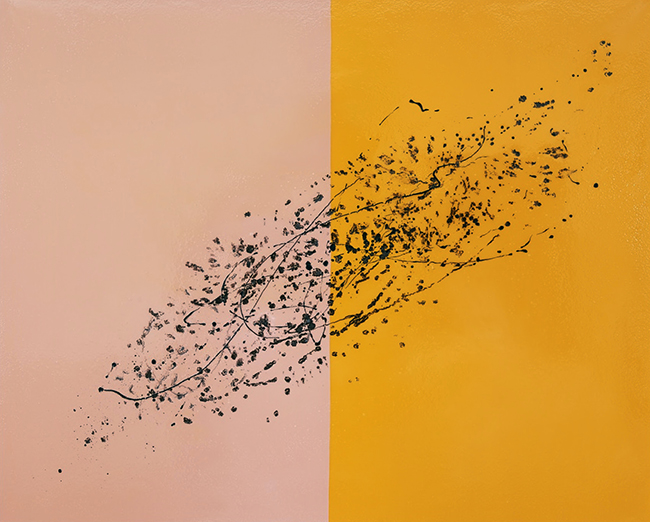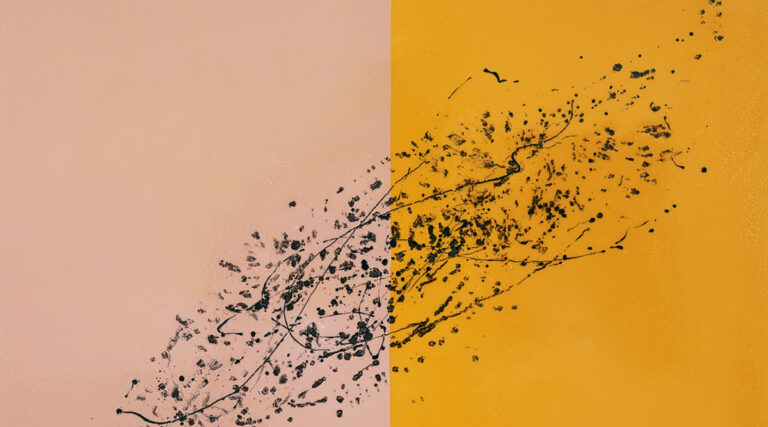Garda Alexander, a German artist based in Switzerland, crafts profound and captivating artworks that draw deeply from the natural world and the intricacies of human experience. Her work spans painting, sculpture, and spatial concepts, reflecting her diverse education and training across multiple countries. With a background in human medicine, Alexander’s art carries a rich, symbolic language that bridges the gap between art and science. Her endless curiosity drives her to experiment with new materials and techniques, creating a versatile and inspiring body of work. As a visual artist and a consultant in spatial transformation, Alexander collaborates with galleries and companies on international projects, enhancing both living and working spaces with her unique touch.

For over two decades, Alexander has been captivated by the interplay of color and light, elements that form the foundation of her work. She views form as the material world, bound by time, while light and color transcend temporal limitations, imbuing her work with depth and resonance. To Alexander, color is like music—a frequency that can move the human spirit in countless ways. This philosophical approach to art allows her creations to speak to viewers on multiple levels, inviting them into a world of aesthetics, beauty, and harmony.
One of Alexander’s notable series is “Tracks,” which evolved from her exploration of color fields. The series embodies a play of colors and a resolution of form, with each piece reflecting the dynamic relationship between color, light, and form. Among these works, a particular piece stands out—a diptych that represents the essence of Alexander’s artistic philosophy.
In this diptych, two color fields are juxtaposed, each conveying a distinct emotional resonance. One side of the piece is dominated by a vibrant orange varnish, its warm tones creating an inviting and energetic presence. The orange field is not static; it seems to pulse with life, as if it’s a living entity within the canvas. Above this vivid background, black lines float diagonally, seemingly suspended in mid-air. These lines introduce a playful and gestural dynamic to the composition, disrupting the previously harmonious design and introducing an element of spontaneity and movement.
The black lines, though simple in appearance, carry a significant weight in the overall composition. They contrast sharply with the orange background, creating a sense of tension that draws the viewer’s eye across the canvas. The lines are not rigid or mechanical; instead, they possess a fluidity that suggests they were created in a moment of inspiration, capturing the energy of the artist’s hand as it moved across the surface. This gestural quality adds a layer of complexity to the work, making it not just a visual experience but a physical one as well.
The diptych as a whole embodies Alexander’s belief in the transformative power of art. She describes her work as an invitation to enter her world of aesthetics, beauty, and harmony—a world where despair, pain, and loss are transformed into lightness and happiness. This particular piece from the “Tracks” series reflects this transformation, as the interplay between the structured black lines and the vibrant orange field creates a sense of balance and resolution. The work is both a reflection of the artist’s inner world and an invitation to the viewer to explore their own emotions and experiences.
Alexander’s “Tracks” series, and this diptych in particular, demonstrates her skill with color and form, as well as her ability to convey deep emotional truths through her art. The series is a testament to her belief in the power of color and light to transcend the material world and touch the human spirit.

